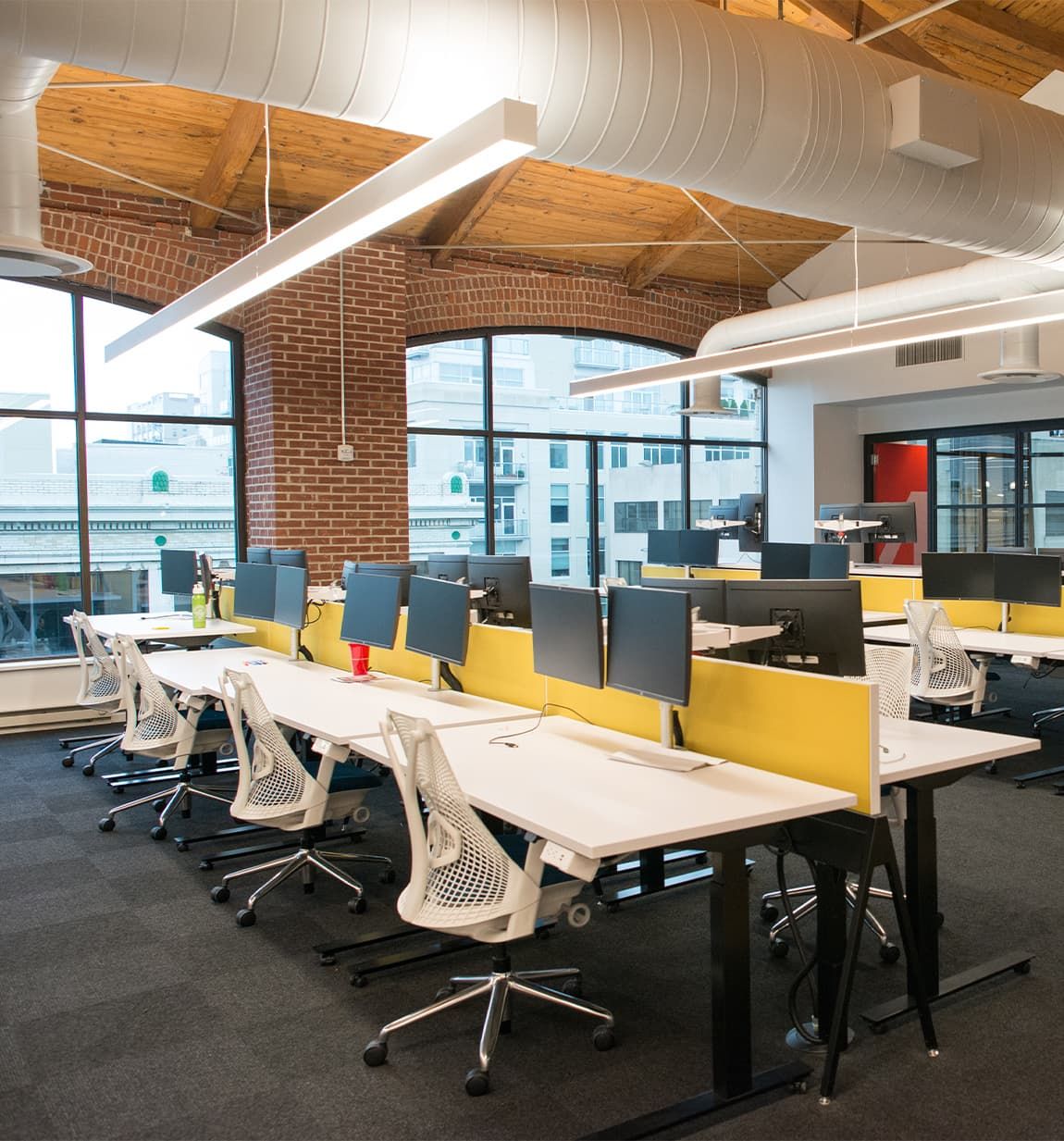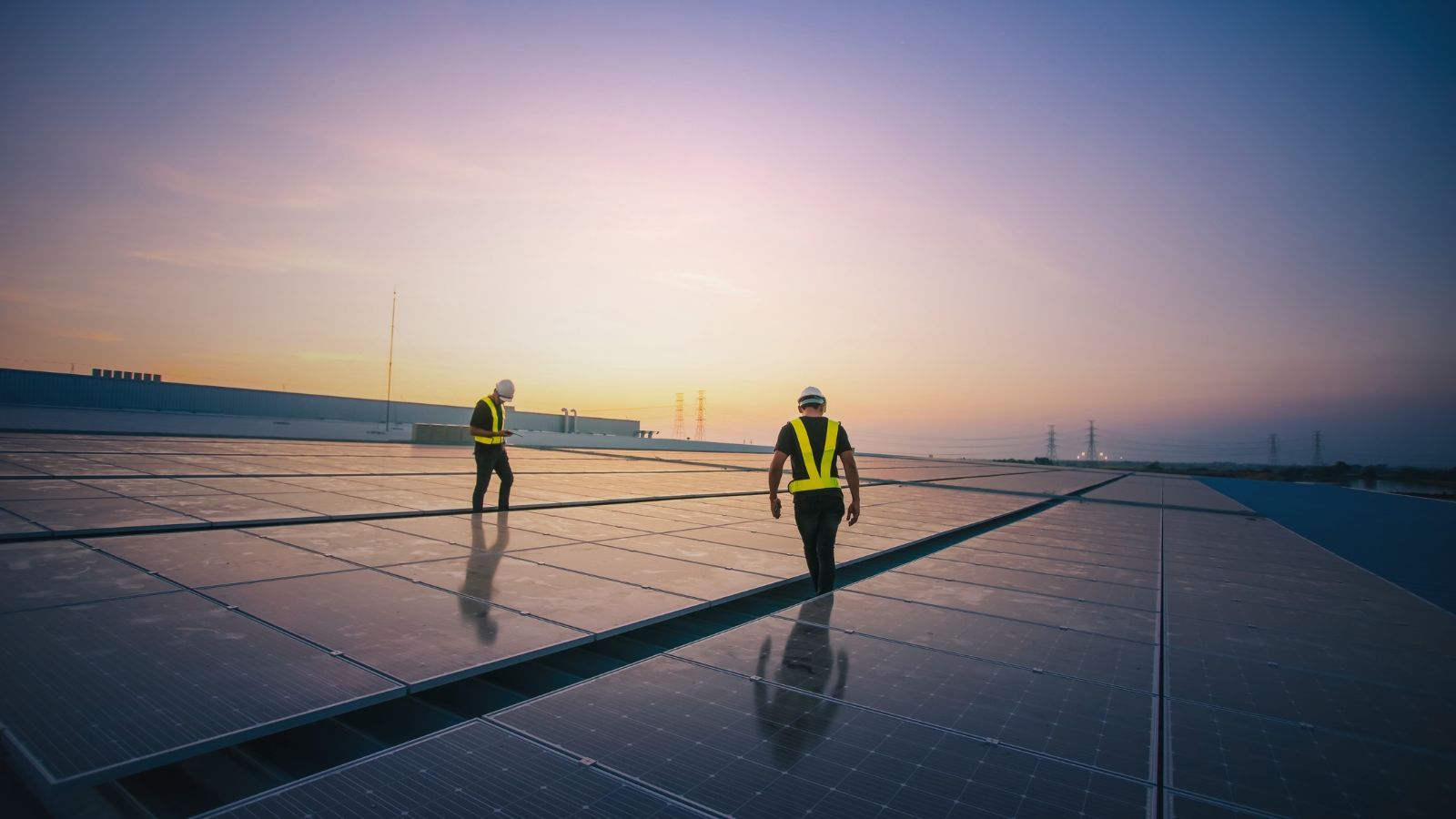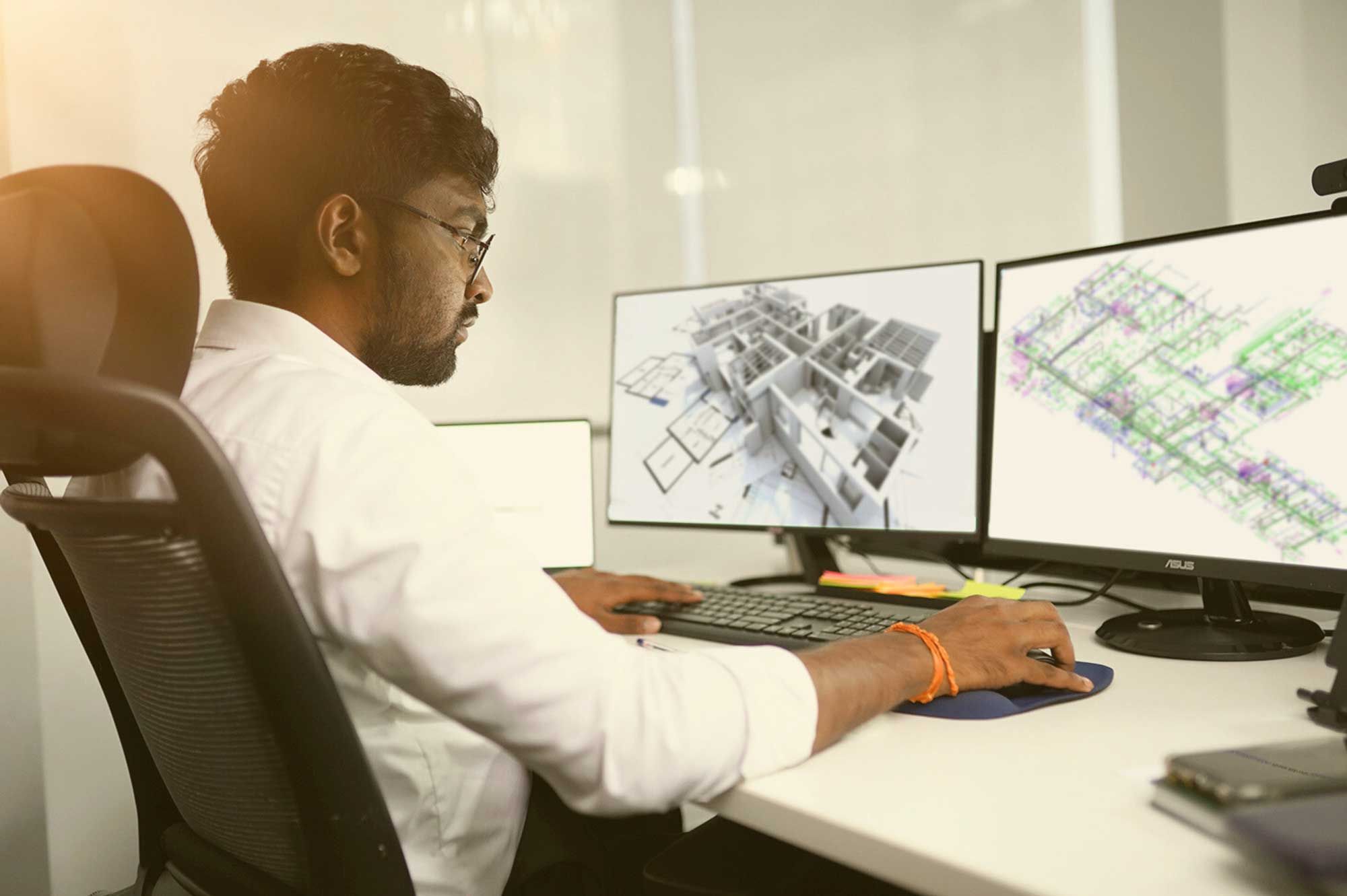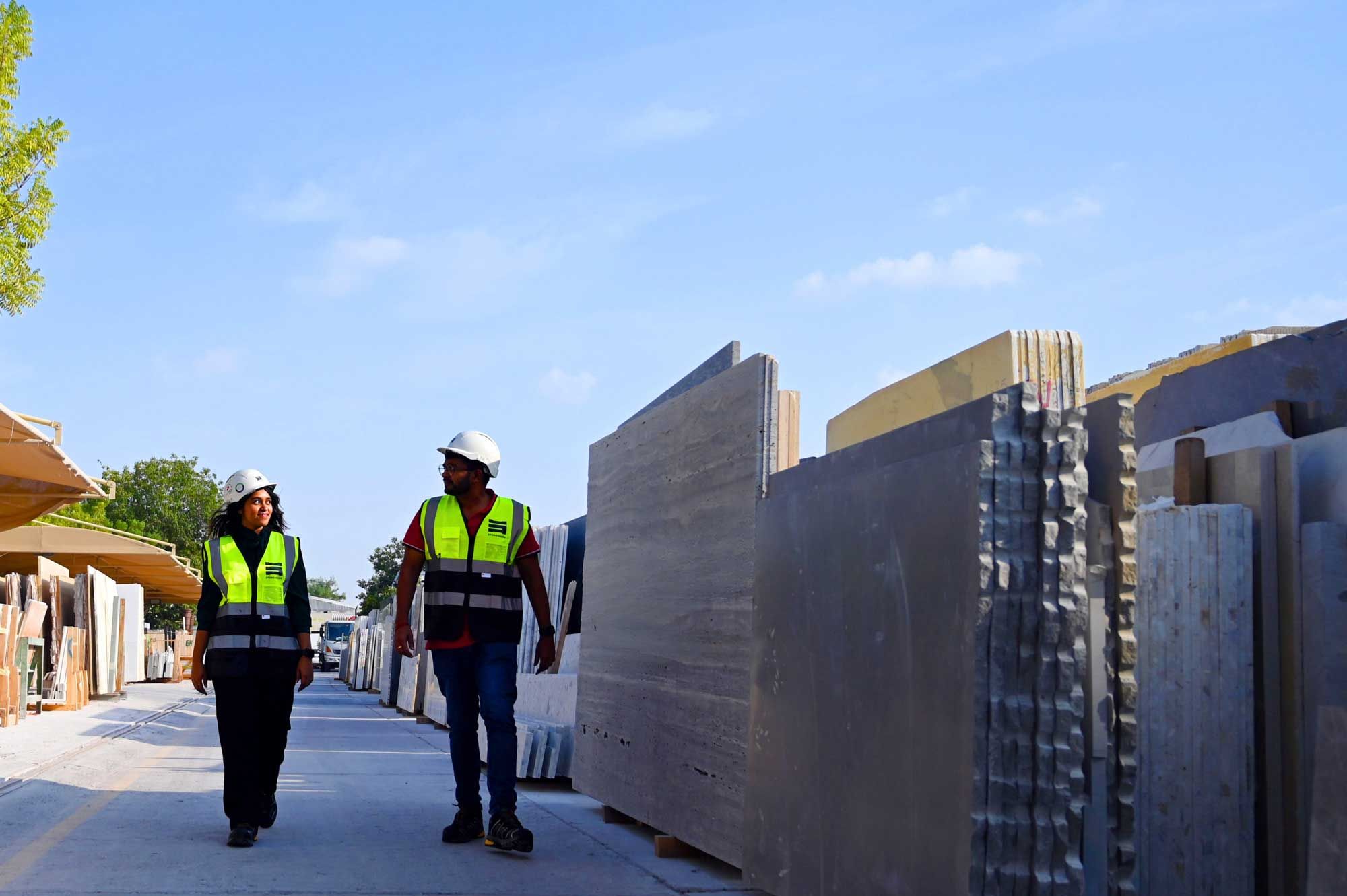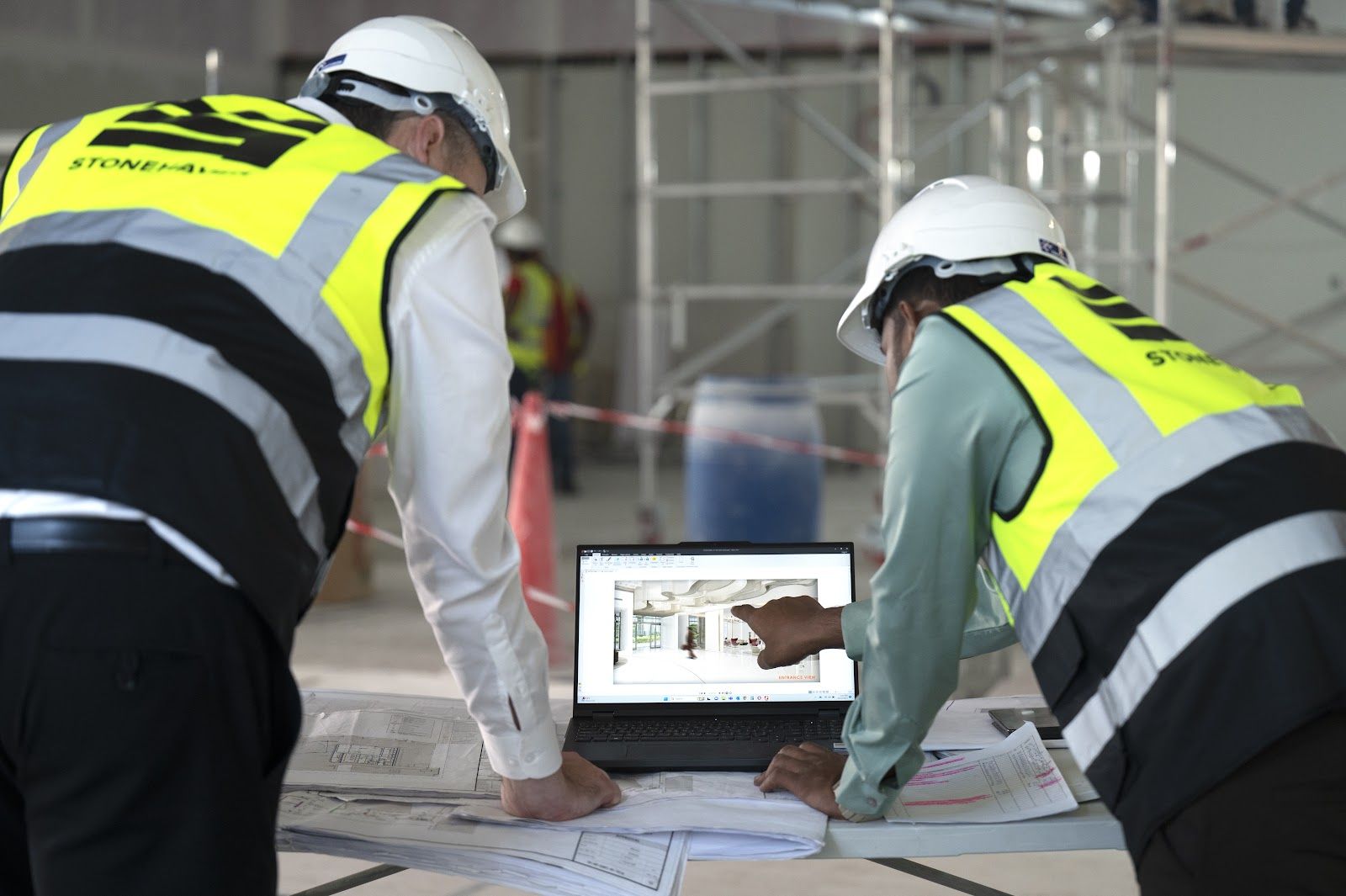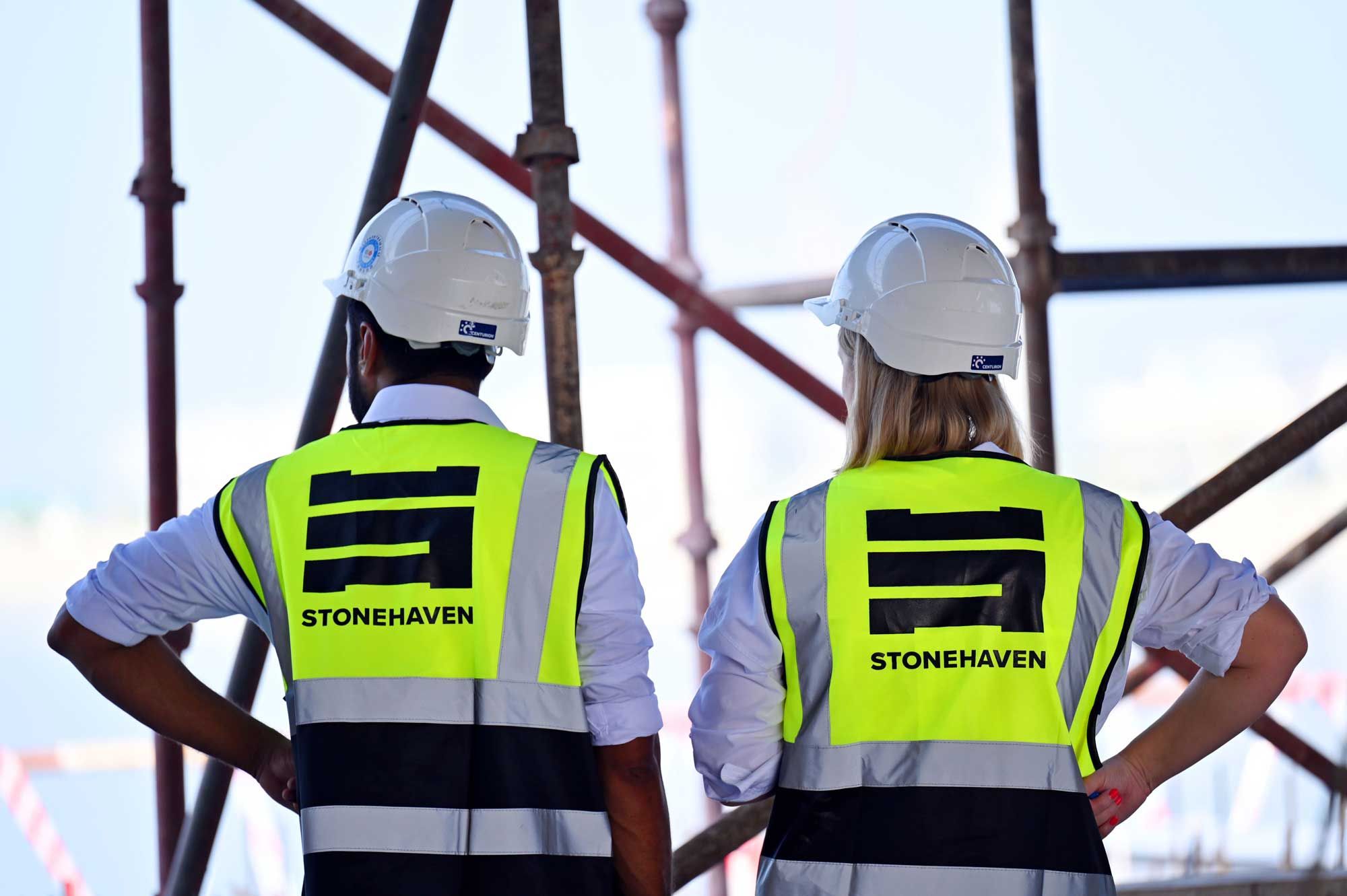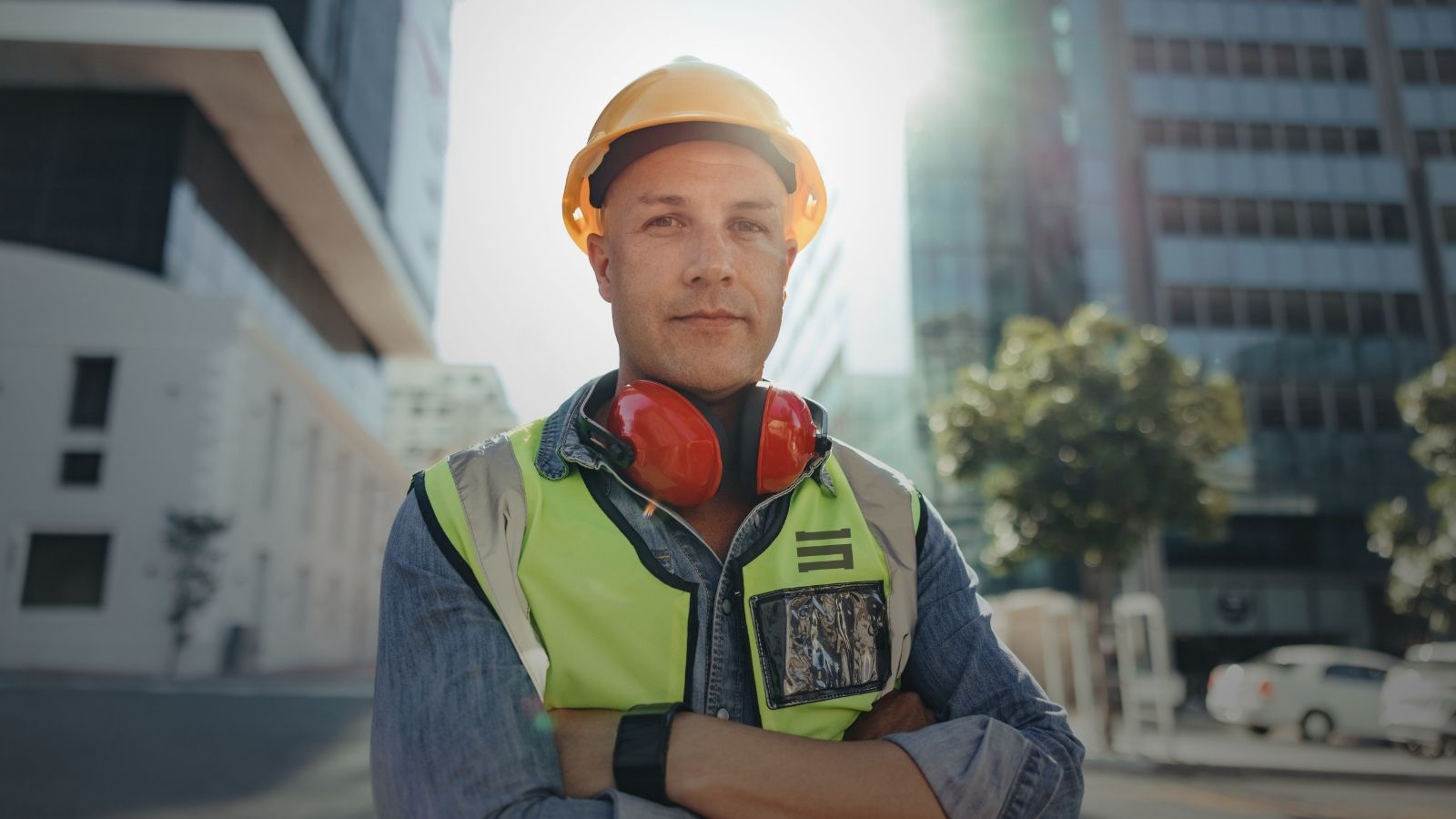The UAE’s recent announcement of a $6 billion solar and battery storage project—the world’s largest to date is more than just a milestone in clean energy. It represents a turning point for the construction sector across the Middle East.
As renewable infrastructure reshapes the region’s development priorities, a new question is emerging: how ready is the construction workforce to take on this next phase of growth? The answer isn’t about lag—it’s about potential. This is a rare opportunity for the sector to evolve, reskill, and lead.
Expanding Scope, Expanding Capabilities
Clean energy construction introduces a different technical scope from traditional residential, commercial, or civil projects. The complexity of delivering integrated solar and battery systems at utility scale calls for specific new capabilities.
From mounting photovoltaic arrays to thermal management of battery enclosures, the requirements include:
● Grid interface and synchronisation
● High-voltage DC installations
● Fire suppression systems for energy storage
● Smart diagnostics and digital commissioning tools
These demands are not a barrier, they are an invitation for capability development, opening new avenues for professionals and contractors ready to adapt.
This is a Window for Upskilling and Specialisation
Across the region, construction teams are already well-versed in core delivery disciplines. What’s needed now is a structured expansion into energy-related specialisations, battery systems, clean energy safety, and digital electrical systems.
While current training programmes are largely focused on traditional trades, this shift provides a clear opportunity for:
● New certification tracks in solar PV and storage
● Vocational institutions to expand their offerings
● Contractors to differentiate through technical expertise in renewable delivery
Rather than viewing the energy transition as disruptive, forward-looking organisations are treating it as a chance to establish competitive advantage through workforce development.
Transforming Construction into a Clean Energy Engine
The construction sector is uniquely positioned to accelerate the rollout of renewable infrastructure provided that workforce capability keeps pace. This means:
● Introducing technical onboarding and continuous learning for site teams
● Redefining job roles to incorporate both physical and digital skillsets
● Aligning project execution teams with evolving technical specifications and quality requirements
Quantity Surveyors: Recalibrating for Renewable Realities
As the region pivots toward integrated solar and energy storage developments, Quantity Surveyors (QSs) face a fresh set of demands that go far beyond BOQ preparation or cost planning for building works.
The shift to energy infrastructure means QSs must now develop fluency in:
● Cost modelling for high-voltage electrical systems and battery storage
● Performance-based contracts and energy yield benchmarking
● Lifecycle costing for modular and renewable components
● Risk assessment frameworks specific to grid integration and regulatory compliance
Energy projects also bring procurement formats such as EPCM models requiring QSs to align commercial evaluations with technical performance guarantees.
What was once a linear build-and-measure process now requires technical coordination, data-driven forecasting, and multi-package interfacing. For QS professionals in the Middle East, this is an opportunity to move up the value chain from cost reporting to strategic advisory—by aligning expertise with a new class of projects.
The outcome is not just project completion, but the establishment of a construction ecosystem ready to deliver future-ready infrastructure at scale.
The Gulf Can Set the Global Standard
As the Gulf becomes a global reference point for clean energy investment, the construction industry has the opportunity to do the same for delivery standards. This shift can unlock:
● Long-term cost efficiencies through local capability building
● Stronger project control through in-house technical depth
● Exportable expertise as neighbouring markets pursue similar infrastructure
By positioning the construction workforce as a key enabler, not a constraint, as the industry strengthens its role in the region’s sustainability ambitions.
Featured Perspective
This article includes contributions and insights from Kawshani Jayamini, Cost Manager at Stonehaven whose project experience in the industry has shaped much of this discussion.
Kawshani is an experienced Quantity Surveyor with four years of expertise in pre- and post-contract civil construction projects. She specialises in cost planning, contract evaluation, and financial assessments, ensuring compliance with industry regulations and project requirements.
Shift Now, Lead Later
The energy landscape of the Middle East is evolving. With it, construction has a unique opportunity to lead, not by repeating past models, but by stepping into a more technical, specialised, and high-impact role in the delivery of integrated renewable infrastructure.
The shift to renewables is a runway. And the workforce that embraces this evolution now will always be the one defining the region’s construction future.






